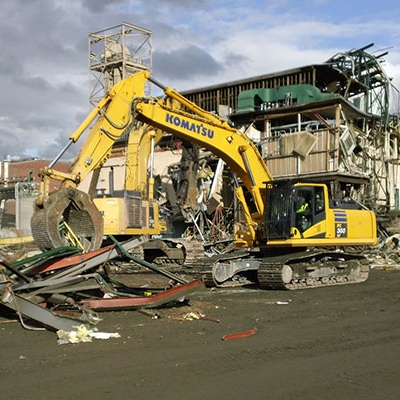Bloodborne Pathogens Basics
Monday, February 6, 2017 Michele Pratt
No “Hep B or C” for me.
I know what you are thinking – I don’t work in the medical field, the likelihood of encountering a sharps container or a need for one is slim to none. It is always beneficial to be prepared for a situation where you can protect yourself at work. Here are some basic tips:
How do you become infected?
Contact with another person’s blood or bodily fluid that may contain blood, mucous membranes, eyes, mouth, nose, broken skin or contaminated sharps or needles.
How can this happen?
Administering first aid, janitorial clean up or cleaning up after an accident, and improper handling of contaminated waste.
How can I avoid infection?
Wearing proper PPE for the task, treating all blood and bodily fluid as if it is contaminated, washing thoroughly after decontamination and clean up.
What is the best method for decontamination?
After properly disposing of your personal protective equipment, thoroughly was your hands with antibacterial soap and water. If you only have access to antibacterial gel, use that and then make sure you wash your hands as soon as you are able.
If you encounter a BBP incident report it to your supervisor/ safety personnel.
If I come in contact with Bloodborne pathogens what could be the outcome?
Diseases transmitted include HIV which causes AIDS, Hepatitis B and Hepatitis C. “Hep C” is the most chronic bloodborne infection in the US. Most individuals infected don’t know they have the disease because it develops slowly.
Prevention is the key - protect yourself and those around you.




